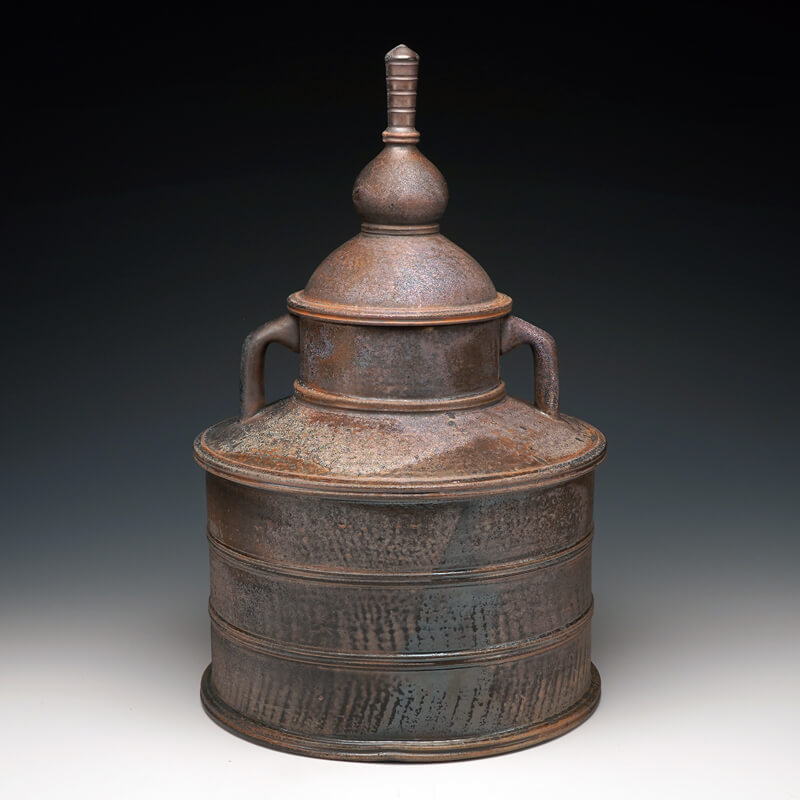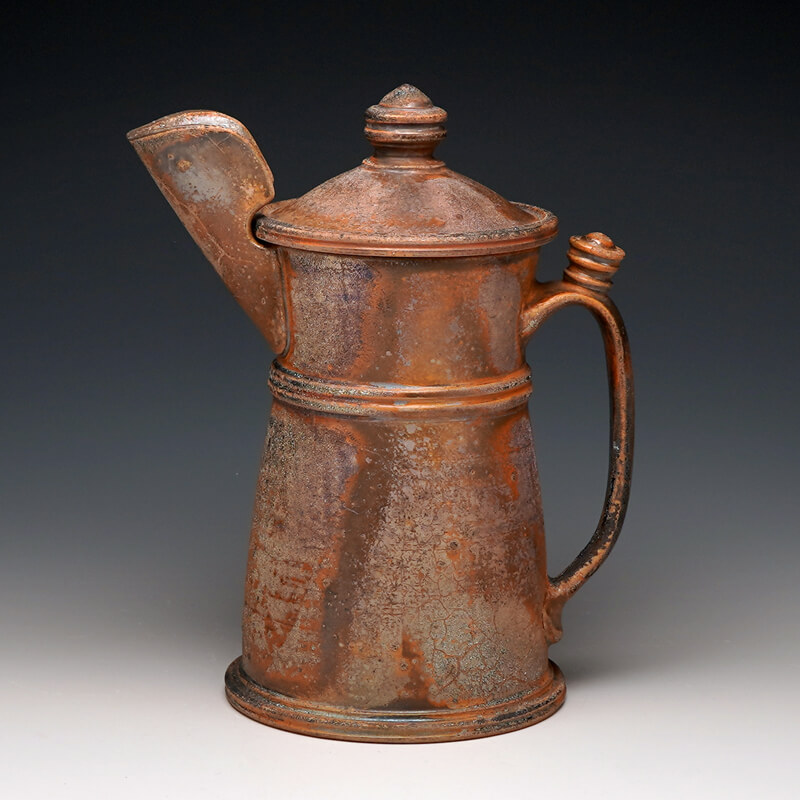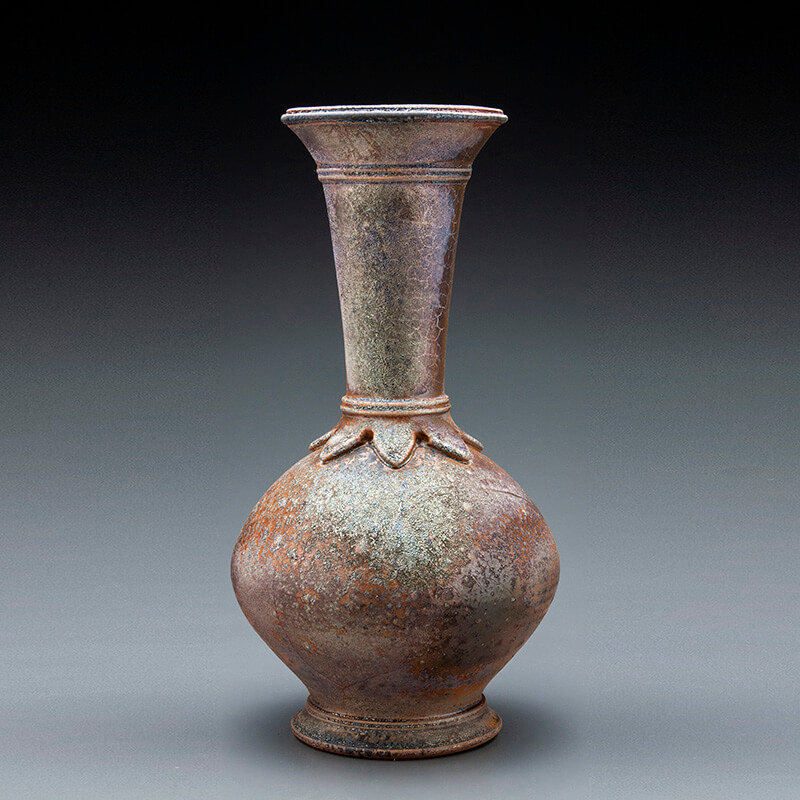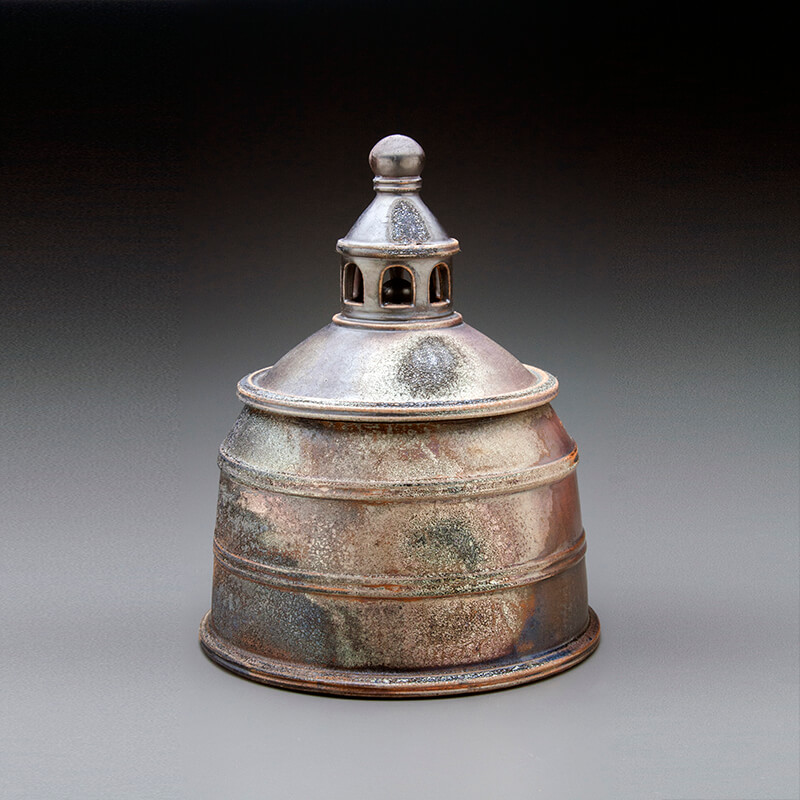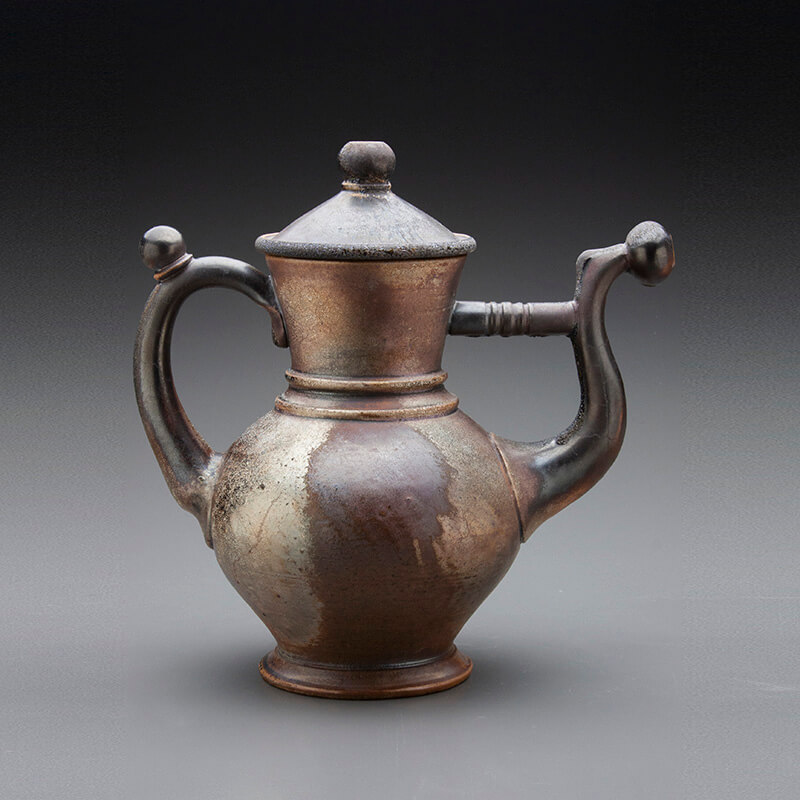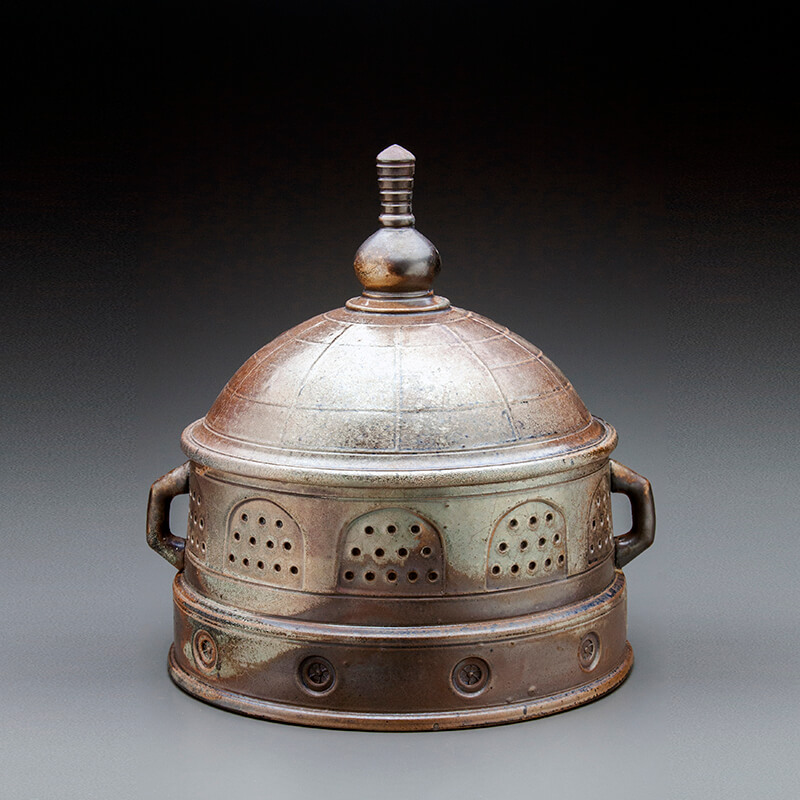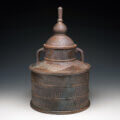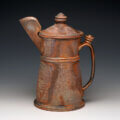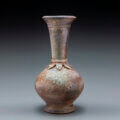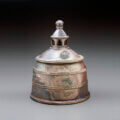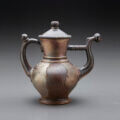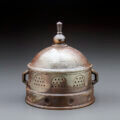
Red Lodge Clay Center – Short-Term Resident 2022
Seth Green is an Associate Professor of Ceramics at Purdue University Fort Wayne (PFW), in Fort Wayne, IN. He received an MFA in Ceramics from the University of Nebraska-Lincoln and a BA in Art from Southern Utah University. He has worked at Anderson Ranch Arts Center in Snowmass Village, Colorado and has been an artist-in- residence at the Archie Bray Foundation in Helena, Montana. Before Joining the faculty at PFW, Seth taught ceramics at Morehead State University in Morehead, Kentucky where he was promoted to Associate Professor. He is also the founder of the Indiana Clay Conference.
Seth actively exhibits his ceramic vessels on the national and international levels, in solo, invitational, and juried exhibitions. His work is represented by the Clay Studio of Philadelphia and the Companion Gallery in Humboldt, TN. He has received numerous awards for his work including the Best Teapot Award in the 2012 Strictly Functional Pottery National Exhibition and was awarded Best of Show, by the Kentucky Arts Council, for his work exhibited in the 2015 Kentucky Crafted: The Market in Lexington, KY. Images and articles about his work have been published in Ceramics Monthly Magazine, Clay Times Magazine, The Log Book, American iPottery, and two Lark Books publications “500 Vases” & “500 Teapots”. Seth was awarded the Al Smith Individual Artist Fellowship and commissioned to make the awards for the Governor’s Awards in the Arts by the Kentucky Arts Council. He has also been a demonstrator, visiting artist, and workshop presenter at Anderson Ranch Arts Center, Arrowmont School of Arts and Crafts, the Clay Studio of Missoula, Michigan Mud Conference, and at several universities around the country.
Capturing clean lines and continuous curves that produce striking silhouettes, strong negative spaces, and distinct profiles around architecture, primarily drives my creative decision making in the studio. Symbolic details used in the creation of religious and royal architecture also influence my wheel-thrown and assembled ceramic vessels. Specific forms of inspiration are Baroque and Romanesque cathedrals, palaces, and other architectural references of the Czech Republic and Islamic mosques, that are topped with domes, spires and finials that pierce the sky and reach heavenward.
Luxury or ceremonial wares, that were used in a palace to celebrate a momentous occasion or in a place of worship to enhance the sacredness of a ceremony, also influence my work. Such examples include scalloped rims and the elaborate joinery of necks, spouts, and handles of metalwork and pottery crafted during the Persian and Ottoman Empires. Rather than the specifics of rituals or ceremonies that these objects were used for, I am intrigued with the sense of importance and sacredness that my pouring, drinking, and lidded vessels convey.
The metalsmithing technique of inlaying metals, such as silver and gold into brass, is reminiscent of the silver and gold crystals that emerge through the glazed surfaces of my vessels as they cool in the kiln. Glaze applied to these ceramic forms accentuate, yet soften, their details and silhouettes. Precious metal lusters are applied to spout tips and finials to communicate the same degree of beauty and luxury as the referenced historical objects and emphasize the most important aspects of the work. Sharply detailed edges and patinaed metallic surfaces are also achieved through the use of high-iron clay slips applied to my wood-fired vessels that are cooled in a reduction atmosphere.
Ultimately, the ascendant gesture of my work is meant to elevate. It symbolizes strength in purpose and the potential for transcendence toward something higher and greater.

